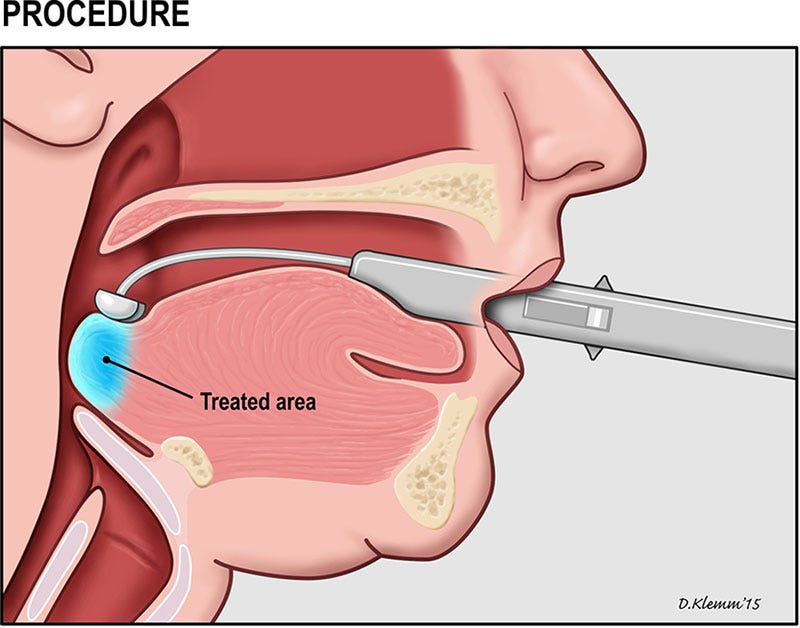Sleep apnea is a common and potentially serious sleep disorder that affects millions of people worldwide. It is characterized by repeated interruptions in breathing during sleep, leading to poor sleep quality and various health issues. While continuous positive airway pressure (CPAP) therapy is a well-known treatment for sleep apnea, some individuals find it uncomfortable or ineffective. For such cases, surgical interventions can be a viable alternative. In this article, we will explore surgical options for sleep apnea treatment in Coweta OK or other cities, focusing on how they can provide relief and improve the overall quality of life for those affected.
1. Uvulopalatopharyngoplasty (UPPP)
Uvulopalatopharyngoplasty, often referred to as UPPP, is a surgical procedure designed to treat obstructive sleep apnea (OSA). During this surgery, the surgeon removes excess tissue from the throat, including the uvula, tonsils, and part of the soft palate. By doing so, the airway becomes more open and less likely to collapse, reducing the obstruction that leads to sleep apnea.
2. Genioglossus Advancement (GA)
Genioglossus advancement, or GA, is a surgical technique that focuses on repositioning the tongue muscles. In individuals with sleep apnea, the base of the tongue can relax and block the airway during sleep. GA involves moving the attachment of the genioglossus muscle to the front of the lower jaw. This repositioning helps prevent the tongue from falling backward and obstructing the airway, improving airflow and reducing the severity of sleep apnea.
3. Maxillomandibular Advancement (MMA)
Maxillomandibular advancement surgery, or MMA, is a more extensive procedure for treating sleep apnea. It involves repositioning both the upper and lower jaws to enlarge the airway. By moving the jaws forward, the soft tissues in the throat and tongue are also repositioned, reducing the likelihood of airway collapse during sleep. MMA is typically recommended for individuals with moderate to severe sleep apnea who haven’t responded well to other treatments.
4. Inspire Therapy
Inspire therapy is a relatively new and innovative approach to treating sleep apnea. It involves the implantation of a small device that stimulates the hypoglossal nerve, controlling the muscles of the tongue and other airway muscles. When the patient sleeps, the device activates, preventing the airway from collapsing and allowing for uninterrupted breathing. Inspire therapy is suitable for individuals who cannot tolerate CPAP therapy and have moderate to severe sleep apnea.
5. Bariatric Surgery
Obesity is a significant risk factor for sleep apnea, and in some cases, losing weight can effectively treat the condition. Bariatric surgery, such as gastric bypass or sleeve gastrectomy, can lead to significant weight loss and often results in the improvement or resolution of sleep apnea in obese individuals. While weight loss surgery should not be the first-line treatment for sleep apnea, it can be a beneficial option for those with obesity-related sleep apnea.
Conclusion
Surgical options for treating sleep apnea can offer hope to those who have not found relief through more conservative measures like CPAP therapy. These procedures aim to address the physical obstructions in the airway, providing patients with improved sleep quality and a reduced risk of related health complications. However, it’s crucial to consult with a healthcare professional to determine the most appropriate treatment for individual cases and to consider the potential risks and benefits of surgery in the context of one’s overall health. Sleep apnea is a serious condition, and choosing the right treatment can significantly enhance the quality of life for those who suffer from it.

